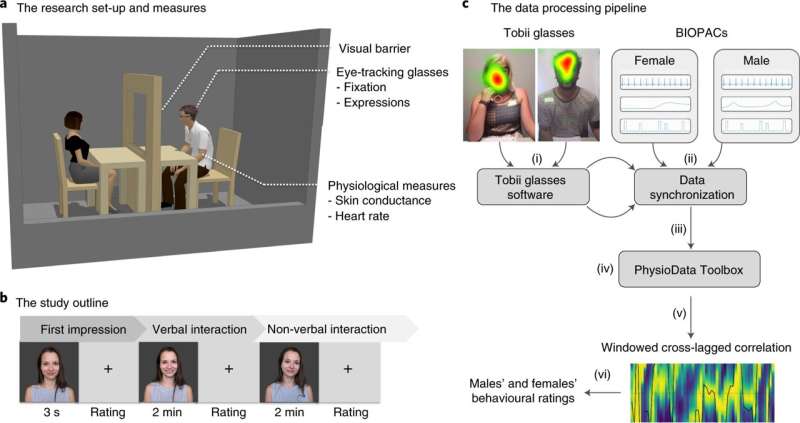Fig. 1: Experimental set-up and outline. Credit: DOI: 10.1038/s41562-021-01197-3
A small team of researchers from Leiden University and one with the University of Birmingham has found that when two people are attracted to one another, their heart rates tend to synchronize and their palms sweat together. In their paper published in the journal Nature Human Behavior, the group describes experiments they conducted with volunteers in "dating cabins."
Anecdotal evidence and prior research have suggested that behavior reveals whether two people are attracted to one another upon meeting for the first time. Certain behaviors are believed to be sure signs. These include smiling, mimicking behavior and laughing. Unfortunately, such behaviors have not stood up well when tested in a scientific setting. In this new effort, the researchers tried a new approach—measuring physically uncontrollable bodily functions such as heart rate and palm sweat.
The experiments consisted of setting up what the team describes as "dating cabins"—little enclosed sheds with a table and two chairs inside. In the middle of the table, the researchers put a separator to control when volunteers could see one another. They also outfitted the cabins with hardware for measuring eye movement, heart rate and palm sweating. Finally, they set up the cabins at public events such as concerts and invited young single people to participate in their study.
In all, 142 volunteers participated in the study, each of whom were invited individually to enter the cabin. Upon doing so, they were not able to see who was on the other side of the table. The researchers then removed the partition for three seconds, after which they were asked to rate their attraction to the other person. Next, the partition was removed again and the two people (of opposite genders) were invited to speak with one another for two minutes. Then the barrier was closed again and the volunteers were once again asked to rate their attraction to the other. Then, once again, the barrier was removed and the two people were asked to sit there looking at one another without speaking for two minutes and then the partition was once again put in place and the volunteers were once again asked to rate their attraction—this time, they were also asked if they would be open to seeing the other person again.
The researchers found that the scores of attractiveness the volunteers gave each other after a first quick peek did not hold up. Nor did their behavioral clues. What made a difference, they found, was the heart rate of the volunteers. Those who were truly attracted to one another began to experience synchronization, even as their heart rates rose and fell over the course of the experiment. They also found some degree of synchronization in the amount of palm sweating.
More information: E. Prochazkova et al, Physiological synchrony is associated with attraction in a blind date setting, Nature Human Behaviour (2021). DOI: 10.1038/s41562-021-01197-3
Journal information: Nature Human Behaviour
© 2021 Science X Network
























